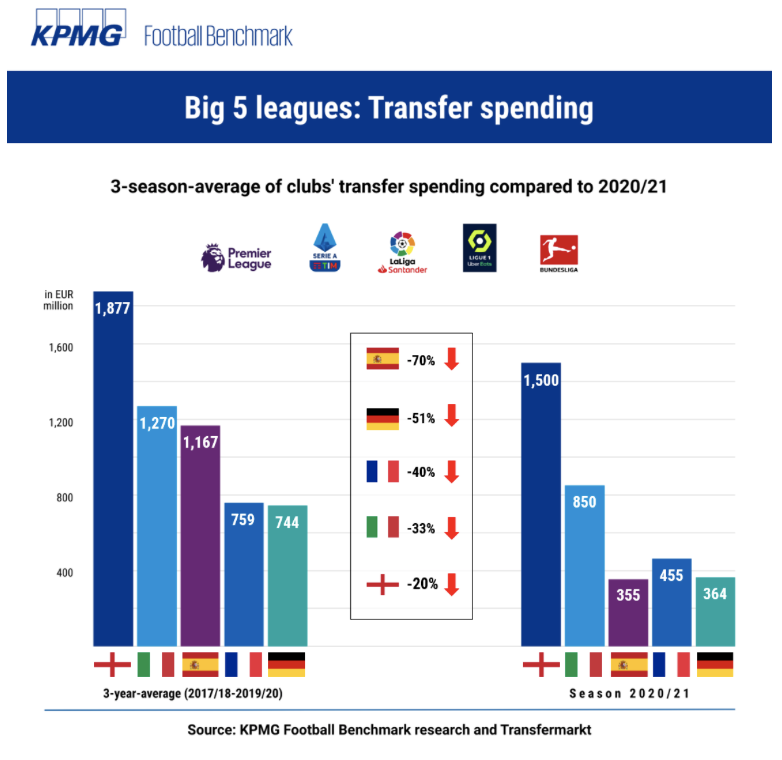Winter Transfer Market: How Europe’s Top Leagues Compare
With the January transfer window now closed, let’s examine how the “big five” European leagues stack up in terms of spending and income. The data reveals some stark contrasts between the financial power of different competitions:
1. Premier League: £430m spent, £146m income, -£284m net
As usual, England’s top flight far outspent its rivals, splashing out £430 million on new signings. Manchester City led the way, investing around £190 million in what the club called a “strategic” window. Their £65 million capture of Omar Marmoush from Frankfurt was the league’s biggest deal. Premier League clubs recouped £146 million in player sales, with Jhon Durán’s £66 million move to Al Nassr the largest outgoing transfer.
2. Serie A: £197m spent, £157m income, -£40m net
Italy’s top division surprisingly ranks second for expenditure. AC Milan made the costliest signing, bringing in Santiago Giménez from Feyenoord for £27.5 million. Como’s £43 million outlay was also notable for a second-tier side.
3. Ligue 1: £173m spent, £236m income, +£63m net
French clubs invested £173 million, with PSG responsible for £60 million of that total. Their £60 million move for Kvaratskhelia from Napoli was Ligue 1’s headline transfer. Interestingly, the league turned a significant profit overall.
4. Bundesliga: £145m spent, £124m income, -£21m net
German teams spent £145 million, with RB Leipzig’s £43 million permanent deal for Xavi Simons from PSG the standout transaction.
5. La Liga: £22m spent, £42m income, +£20m net
Spain’s top flight saw minimal activity, reflecting its diminished financial clout. Real Betis made the division’s biggest purchase, signing Cucho Hernández for £11 million.
These figures highlight the vast economic gulf that has opened up between the Premier League and its continental rivals, as well as La Liga’s stark decline as a financial force in the transfer market.

